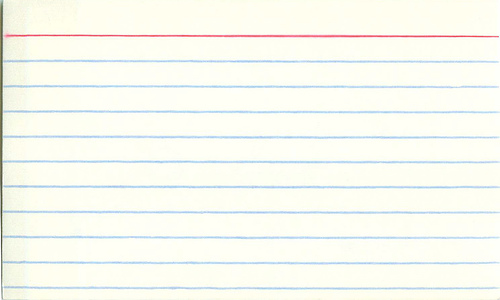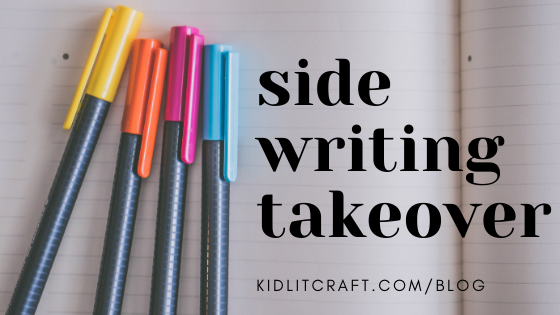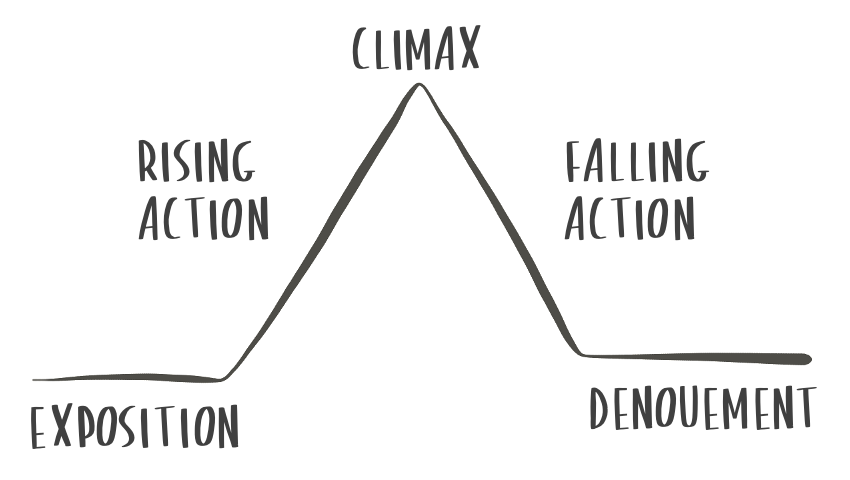interview by Anne-Marie Strohman
Sidewriting Takeover brings together writers of picture books, middle grade, and young adult fiction to explore how writing outside of a draft can help deepen your drafts and revisions. Each writer shares an exercise that they’ve found helpful. If you missed our initial post: START HERE.
Kristi Wright is one of the most organized people I know–she accomplishes an incredible amount of work, answers emails promptly, and keeps track of an incredible amount of detail (and keeps me on track with KidLit Craft), so I was in for a surprise when I first read her answers to my questions. It made me feel better about my own (very messy) process, and I hope it inspires you to find the sidewriting that works for you. –Anne-Marie
KidLit Craft: How has sidewriting become a part of your writing process? Were you always a sidewriter?
Kristi Wright: No one has ever accused me of being a sidewriter, least of all me. When I read craft books, I leap past all the exercises at the end of the chapters, and I do the same in craft workshops. If someone suggests a fun writing prompt, I might have to stop myself from scrunching up my face in acute distress. But the thing is, I’m a huge planner. A ridiculously messy planner, with bulging notebooks and Scrivener files and a steady stream of emails, texts and notes to myself. So, if I’m completely honest, I would say that I’ve always been a sidewriter, just an embarrassingly messy one, with weird scribbles in the margins and possibly a lot of doodles too.

Over the years, I’ve become more amenable to actual exercises, though I lean toward ones that ask broader questions, versus the ones that dive into the weeds to explore favorite shoe brands or song playlists.
One exercise that converted me to sidewriting exercises was from a workshop on worldbuilding. The sidewriting exercise was to write the fairytales your characters would have grown up with. That was such a rich and rewarding exercise. Whenever I’m willing to delve into my characters’ early years, I always find a cave full of treasures.
Likewise, I went to a writer’s brunch once where my homework (I almost skipped the brunch when I found out there was homework) was to jump ten years into the future–post-story–and visit with my main character at a bar. I was supposed to ask her questions that allowed her to look back on the story, to find out her current perspective on it. I was surprised by how eye-opening that exercise was too. Bottom line, sidewriting invariably reveals something interesting and often reveals something extraordinary.
KLC: At what points in the process of writing a novel do you sidewrite most?
KW: I want to believe I do my most masterful sidewriting early, before I get started on a new project, but if I’m honest, I think what happens is I write either the first act, or a zero draft, and discover that I have no idea what I’m trying to say, who my main character is, what exactly she yearns for, what her goals are, what made her the person she is, why I’m writing this book, what even is the point of being alive or human, etc. At that point, I do a massive amount of sidewriting in my messy, convoluted style. Then I write a much better draft. Then I do more sidewriting to write yet another hopefully better draft. Rinse and Repeat.
Interestingly, I know my plot is relatively solid when I find out that, serendipitously, I’ve somehow left space for huge revelations that didn’t exist until after I did new sidewriting exercises. It appears that my subconscious knows what it wants in my stories, even if I have to drag that information out kicking, screaming and trying to bite me. If a big revelation completely messes with my external arc, then I know I need to be willing to rethink my plot no matter how much it might hurt.
KLC: How does sidewriting help you?
KW: Mostly, sidewriting helps me uncover themes, emotions, and heart. No big deal, right? It’s also great for worldbuilding, descriptions, and sensory details. Okay, bottom line, as much as I resist it, it’s helpful with every aspect of the story–and wordsmithing too.
Ultimately, you don’t need to be fancy and organized when it comes to sidewriting. It’s the thing that gets to be as messy as you want it to be. There’s no shame in it–no right way or wrong way. I’m always going to be the equivalent of Charlie Brown’s friend Pig-Pen when it comes to sidewriting, and I’m cool with that.
Sidewriting Challenge: Collect Words
There are so many fantastic exercises that people have recommended over this KidLitCraft sidewriting month, so I’ll just include the one I’m using a lot right now, especially since it’s so messy-me.
I listen to audiobooks while I’m on the treadmill and jot down random words on a 4X6 card. Words that are pretty. Words that fit the mood of my story. Phrases that are just really excellent at getting across some random action. Words that have no bearing on my book or on my writing that I’ll never use and have no reason for why I’m writing them down. It doesn’t matter. I just randomly jot down words.

For some people, this is a way of building a word bank, but I’m too messy to organize a word bank. I’m not doing it for that purpose. It’s just a form of meditation for me, and it actually keeps me listening more keenly to the story rather than drifting off into my own fantasy world. Suddenly, I’ll randomly think of something I need to fix or add in my book, even though it doesn’t have anything to do with the words or the story I’m listening to. I jot down a note about my story on the same 4X6 card and just keep going. Sometimes I have to hit pause or rewind if I’m losing track of where I am in the audiobook, but most of the time I don’t have to. I guess for me, this exercise is the equivalent of other people taking a walk or a shower. But it’s definitely a form of side-writing. Well, messy side-writing!

Kristi Wright (co-editor) writes picture books and middle grade novels. Her goal as a writer is to give children a sense of wonder, a hopefulness about humanity, and a belief in their future. Represented by Kurestin Armada at Root Literary, Kristi is an active SCBWI and 12 X 12 member.
Find her at kristiwrightauthor.com and on Twitter @KristiWrite.
For more of our Sidewriting Takeover series, check out these posts:
Asking the Right Questions with Louise Hawes
Riffing on Your Influences and Auditioning Your Characters with Jasmine A. Stirling
Start with a Glimmer with Sarah Aronson
Write an “I Am From” Poem with Beth Mitchell
Create a Travel Brochure and Journal Your Process with Evan Griffith
Subscribe to our monthly newsletter: it’s full of writing tips, featured author content, and inspiration.
Anne-Marie Strohman (co-editor) writes picture books, middle grade novels, and young adult short stories and novels. She is trained as a teacher, an editor, and a scholar, specializing in Renaissance Literature. She holds an MFA in Writing for Children and Young Adults from Vermont College of Fine Arts and is an active member of SCBWI. Find her at amstrohman.com and on Twitter @amstrwriter.



COMMENTs:
0